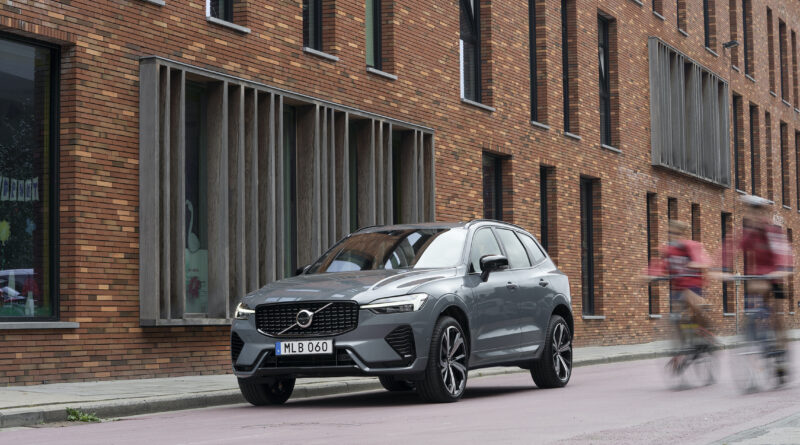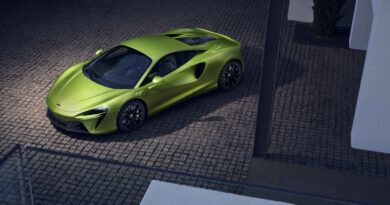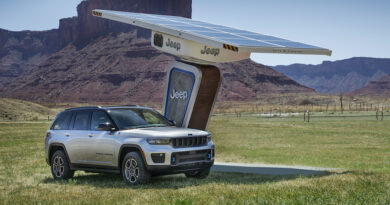Volvo PHEV upgrade ahead of XC60, XC90 EV replacements
Big increases in performance and electric-only driving range are on the way for Volvo’s larger PHEVs before each switches to all-electric drivetrains for their next generation models.
The XC60, the brand’s best-selling model globally, will be the first to benefit from a new-generation plug-in hybrid powertrain featuring a larger battery pack and more powerful electric motor.
The updated XC60 will continue with the Recharge name Volvo now uses for all its EVs and PHEVs. It’ll reach Australia in the early months of 2022, replacing the discontinued XC60 T8 Polestar Engineered PHEV. While Volvo Australia is still to decide pricing for the new and updated XC60 Recharge, it’s unlikely to be quite so steep as the circa-$100,000 Polestar Engineered.
Volvo’s PHEV upgrade program extends to the S60 sedan, V60 wagon and XC90 SUV, each of which are based on the SPA (for Scalable Product Architecture) platform.

The move won’t affect the smaller XC40 Recharge PHEV, which is built on the CMA (for Compact Modular Architecture) platform. But will extend to the other PHEV Volvo sells in Australia, the XC90 Recharge.
READ MORE: Volvo XC60 to go EV for next generation due around 2024
READ MORE: Seven-seat XC90 to go electric as Volvo accelerates EV push
READ MORE: Volvo shoots for EV only by 2030: CEO
READ MORE: Volvo Concept Recharge showcases new SUV look, sustainable materials
Back to the 2022 XC60 Recharge….
Its new 14.9kWh battery pack stores around 60 percent more energy. This increases the electric-only driving range to 67 to 79km, according to the WLTP test. The current XC60 PHEV maximum electric driving range is 53km.
“Our latest plug-in hybrids deliver all the electric driving range needed in most people’s everyday life,” says Volvo chief technical officer Henrik Green.
Volvo’s new and improved electric motor for its big PHEVs punches out 107kW, a sizeable increase over the 65kW of the previous unit. It’s installed in the rear axle, meaning the XC60 is rear-drive when running electric.
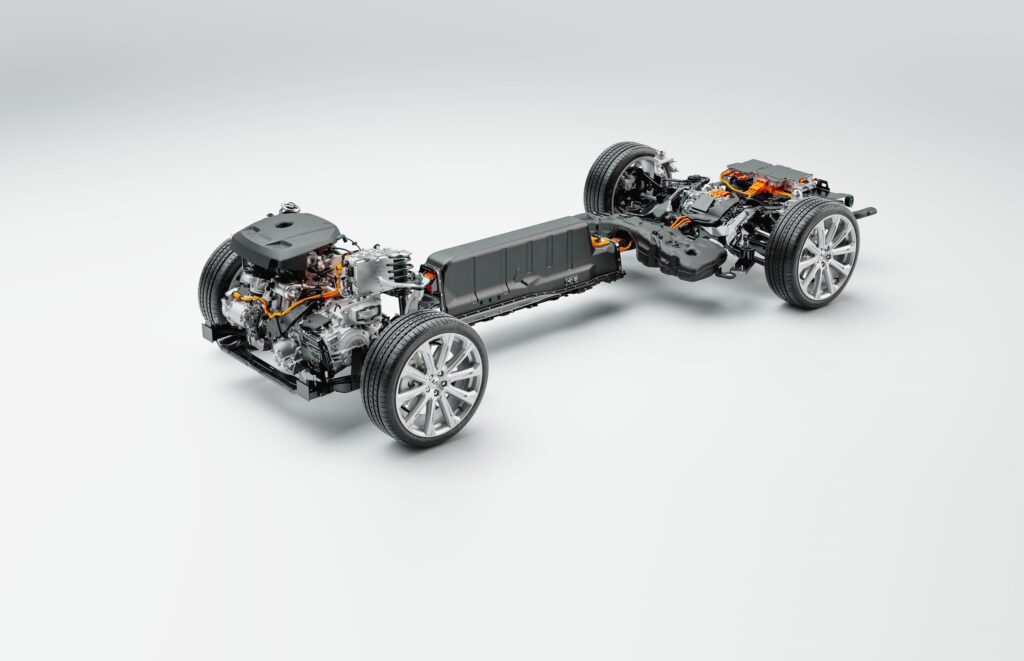
The Swedish brand favours the axle-split layout for its plug-in hybrids, so its turbo 2.0-litre four-cylinder drives only the front wheels through its eight-speed auto. Volvo has also upgraded the XC60 Recharge’s ICE tech.
The XC60 Recharge will be produced with two versions of turbo engine. The one with less power will be badged T6, while the one with more power – a combined total of 335kW – will be called T8.
This is the version EV Central had a chance to briefly try in Belgium, right after the international presentation of the C40 Recharge EV.
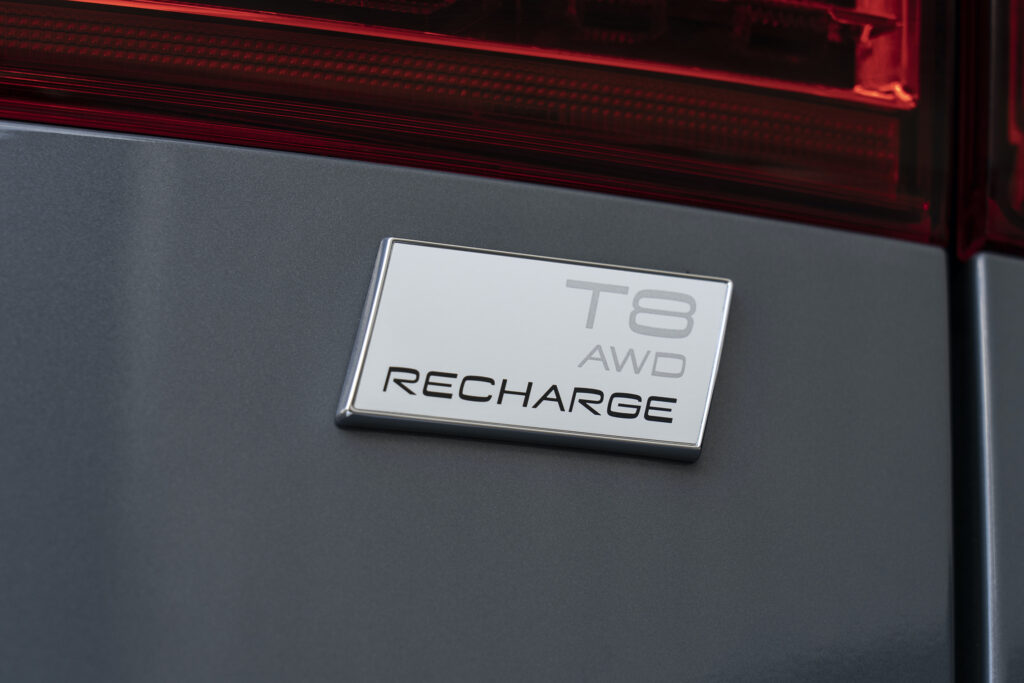
The XC60 Recharge T8 is the most powerful car Volvo has ever produced. It feels really quick when the accelerator pedal is flattened and the ICE and electric motor work together to power all four wheels.
While performance isn’t neck-snapping in electric mode, the Volvo is brisk enough to easily keep up with city traffic. And it’s able to run at motorway speeds on battery power, too.
In a first for a Volvo PHEV, the XC60 Recharge has the one-pedal drive feature previously seen only in its EVs. It’s smoother, and therefore better, in the PHEV than the company’s dual-motor EVs.
By around 2024 the XC60 is set to go all-electric for the next generation model, which may adopt a new name to reinforce the change beneath the skin.
Similarly, Volvo has confirmed the next generation XC90 – due to be unveiled in 2022 – will be all-electric, albeit likely with a different name.

